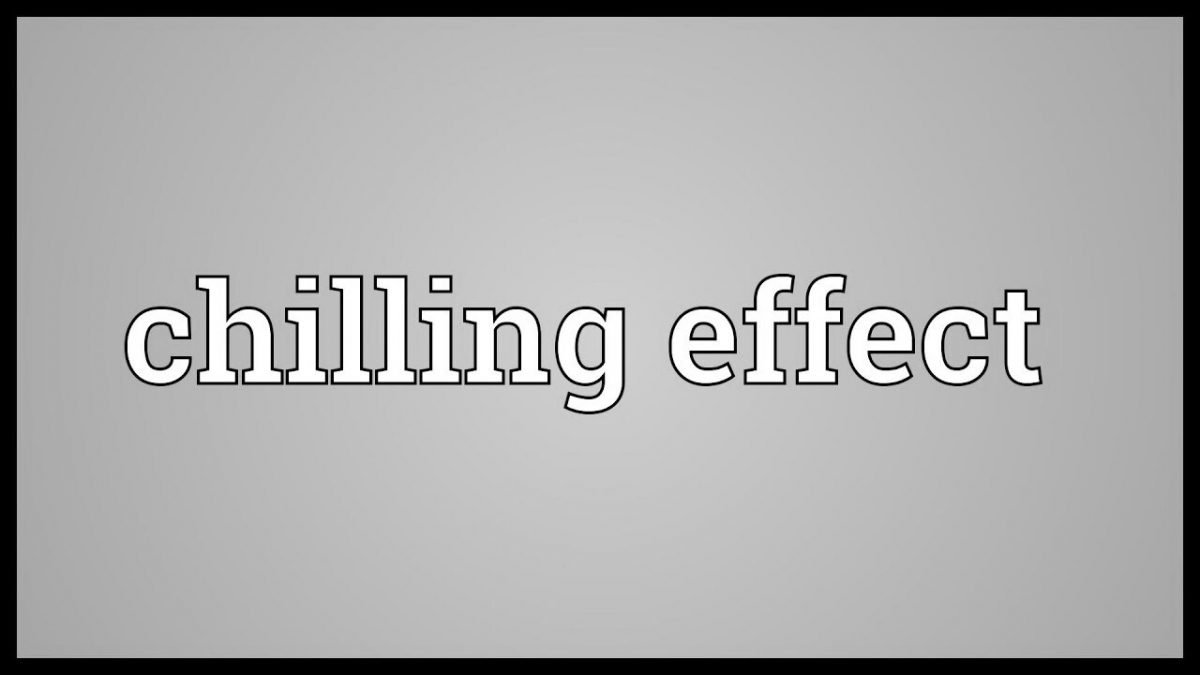Introduction
In the realm of decision-making, we often encounter a phenomenon known as the “Chilling effect.” This mental model refers to the tendency of individuals or groups to refrain from taking certain actions or expressing themselves due to fear of negative consequences. The chilling effect arises from a combination of cognitive biases, social dynamics, and psychological underpinnings that shape our behavior. Understanding this concept and its prevalence in our day-to-day lives is crucial to making rational choices and avoiding irrational decisions that undermine our best interests.
The Anchoring Effect: Psychology and Decision-Making
Anchored in human psychology, the chilling effect is a manifestation of several cognitive biases. One such bias is the anchoring effect, where people rely heavily on the initial information presented to them when making subsequent judgments. In the context of the chilling effect, individuals are influenced by perceived risks or penalties associated with their actions, leading them to self-censor or refrain from pursuing opportunities.
Example 1: Personal Life Decisions
Consider a person who dreams of starting their own business but is deterred by the fear of failure. Despite possessing the necessary skills and resources, the chilling effect prevents them from taking the leap. The individual fixates on negative outcomes, such as financial ruin or public embarrassment, which can distort their perception of risk and paralyze their decision-making process.
Example 2: Business Scenarios
Businesses can also fall victim to the chilling effect, particularly in highly regulated industries. When faced with complex compliance requirements or potential legal repercussions, organizations may avoid innovative ideas or shy away from new markets altogether. This self-censorship stifles creativity and inhibits growth, ultimately compromising their long-term success.
Example 3: Public Policy-Making
The chilling effect is not limited to personal and business decisions; it can have far-reaching implications in public policy-making. Governments, for instance, might hesitate to enact necessary reforms due to the fear of public backlash or electoral consequences. As a result, meaningful changes that could improve society may be delayed or abandoned altogether, undermining the public interest.
Psychological Underpinnings and Cognitive Biases
The chilling effect is influenced by various psychological factors and cognitive biases. One such factor is the fear of social exclusion or punishment, stemming from our innate need for acceptance and belonging. People are more likely to self-censor when they perceive a potential threat to their reputation, relationships, or standing within a particular community.
Confirmation bias is another cognitive bias that exacerbates the chilling effect. Individuals tend to seek and interpret information in a way that confirms their preexisting beliefs and avoids dissonance. This bias can reinforce the chilling effect by magnifying perceived risks and amplifying negative outcomes, leading to a heightened sense of caution and self-censorship.
Identifying and Avoiding the Chilling Effect
Recognizing when we are succumbing to the chilling effect is crucial for making informed decisions. Here are some strategies to help identify and avoid this mental trap
- Assessing Risk Objectively: Take a step back and critically evaluate the potential risks and benefits associated with an action. Seek out diverse perspectives, conduct research, and weigh the evidence to gain a balanced understanding.
- Overcoming Anchoring Bias: Avoid fixating on worst-case scenarios or being overly influenced by initial information. Consider alternative possibilities and challenge your assumptions by actively seeking out counterarguments.
- Building Psychological Resilience: Cultivate self-confidence and emotional resilience to withstand potential criticism or negative consequences. Focus on personal growth and the long-term benefits that may arise from taking calculated risks.
- Encouraging Psychological Safety: Foster an environment that values open expression and diverse viewpoints. Encourage others to voice their opinions without fear of retribution, enabling collective decision-making that is not stifled by the chilling effect.
Conclusion
The chilling effect is a prevalent mental model that can hinder decision-making in various aspects of life, from personal endeavors to business strategies and public policy-making. By understanding the psychological biases that contribute to this phenomenon, we can actively work to mitigate its influence. By embracing objective assessment of risks, overcoming anchoring biases, developing psychological resilience, and fostering psychological safety, we can navigate around the chilling effect and make more rational choices. Awareness of this mental trap and the cultivation of a proactive mindset are key to pursuing our goals and maximizing our potential.
